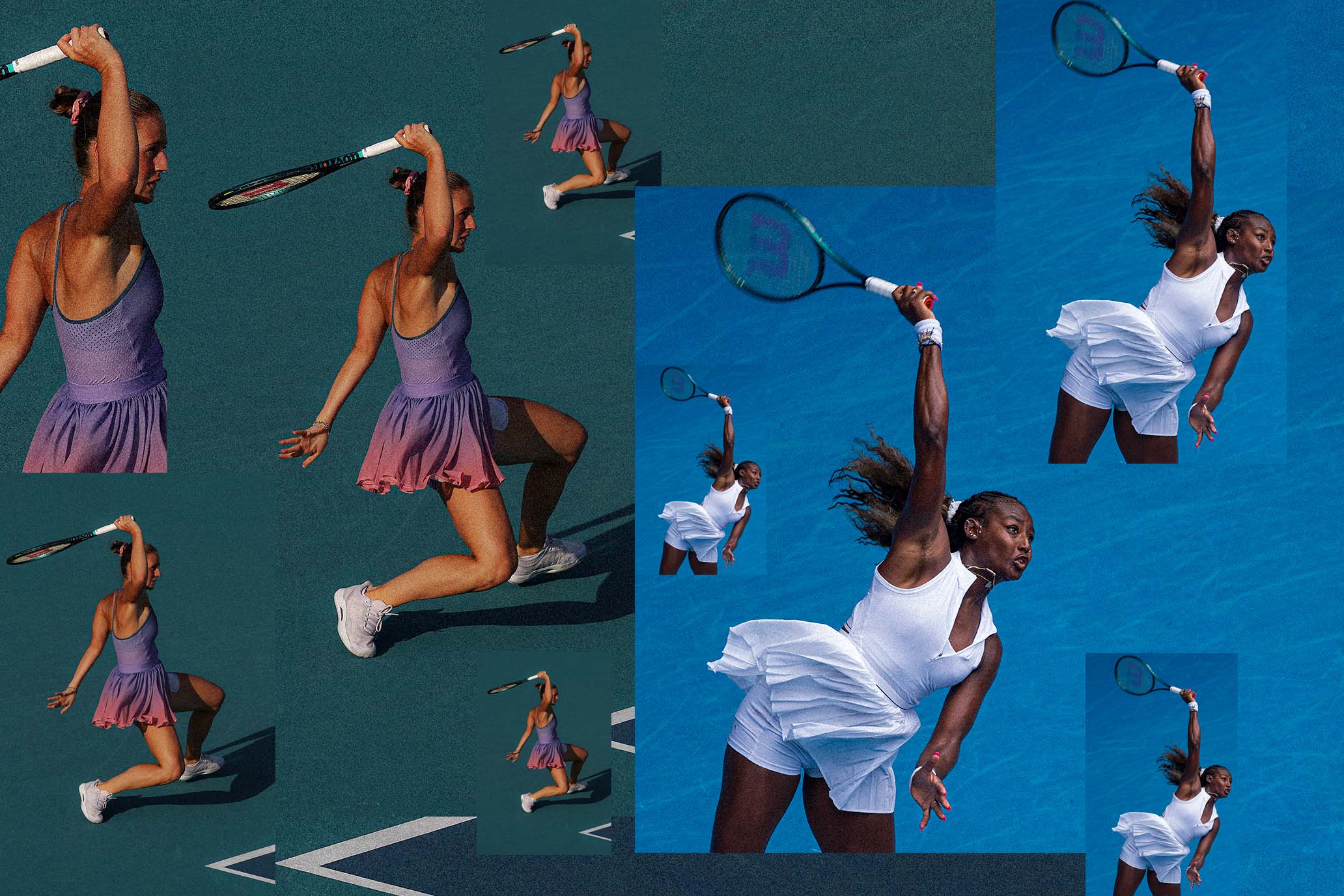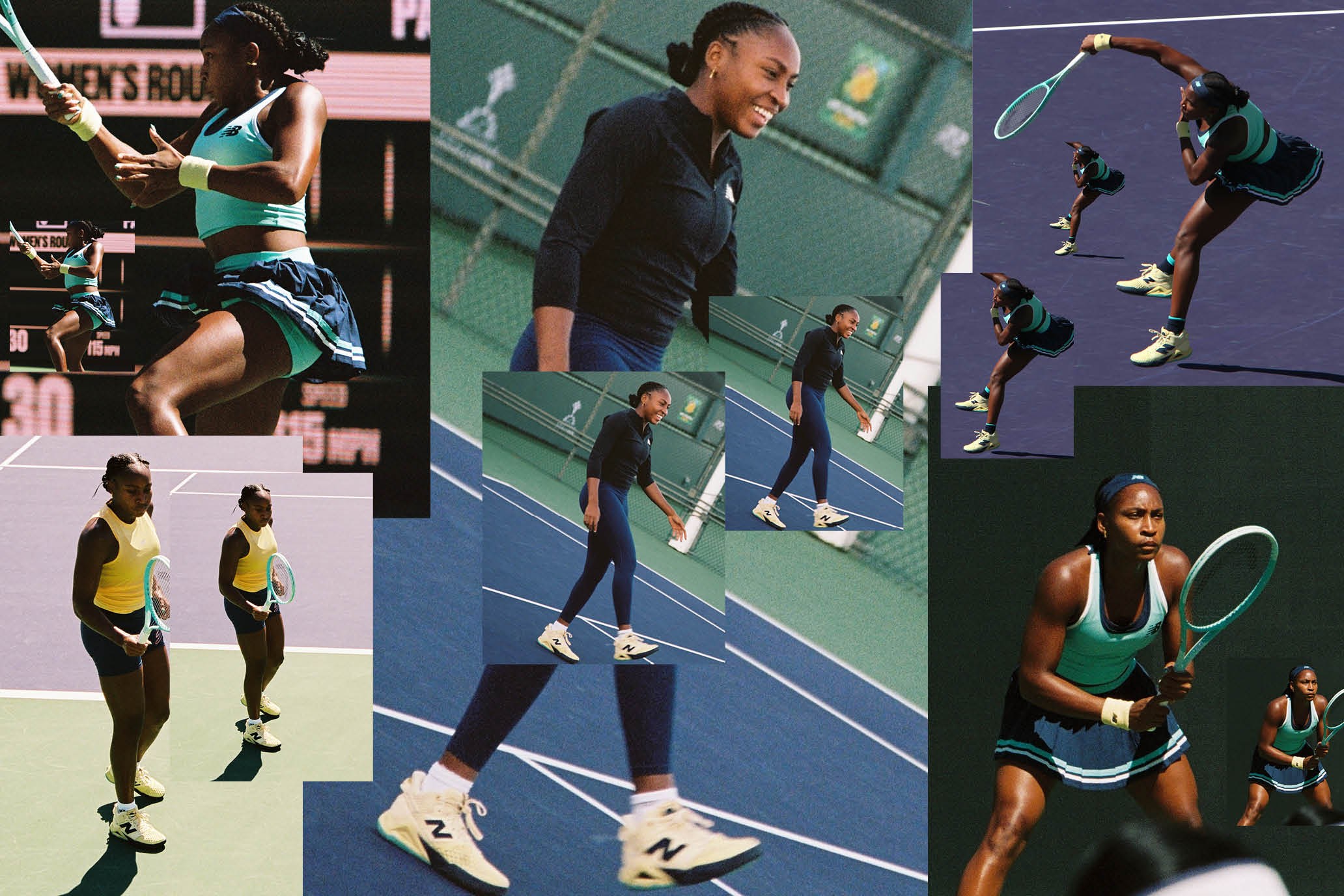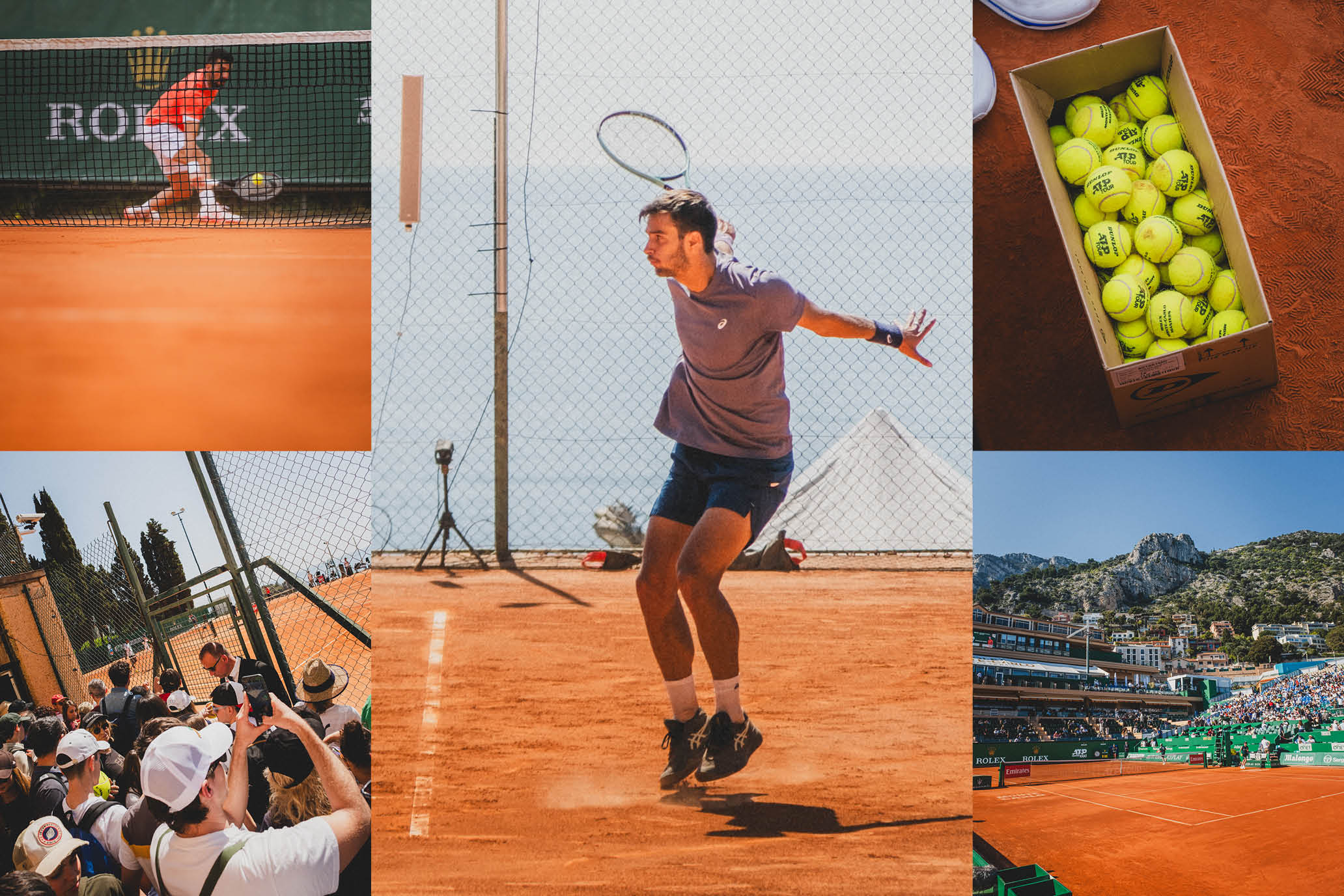Adios, Amigo
Adios, Amigo
Tennis Channel lets the door hit Rafa on the way out.
Tennis Channel lets the door hit Rafa on the way out.
By Giri NathanNovember 22, 2024
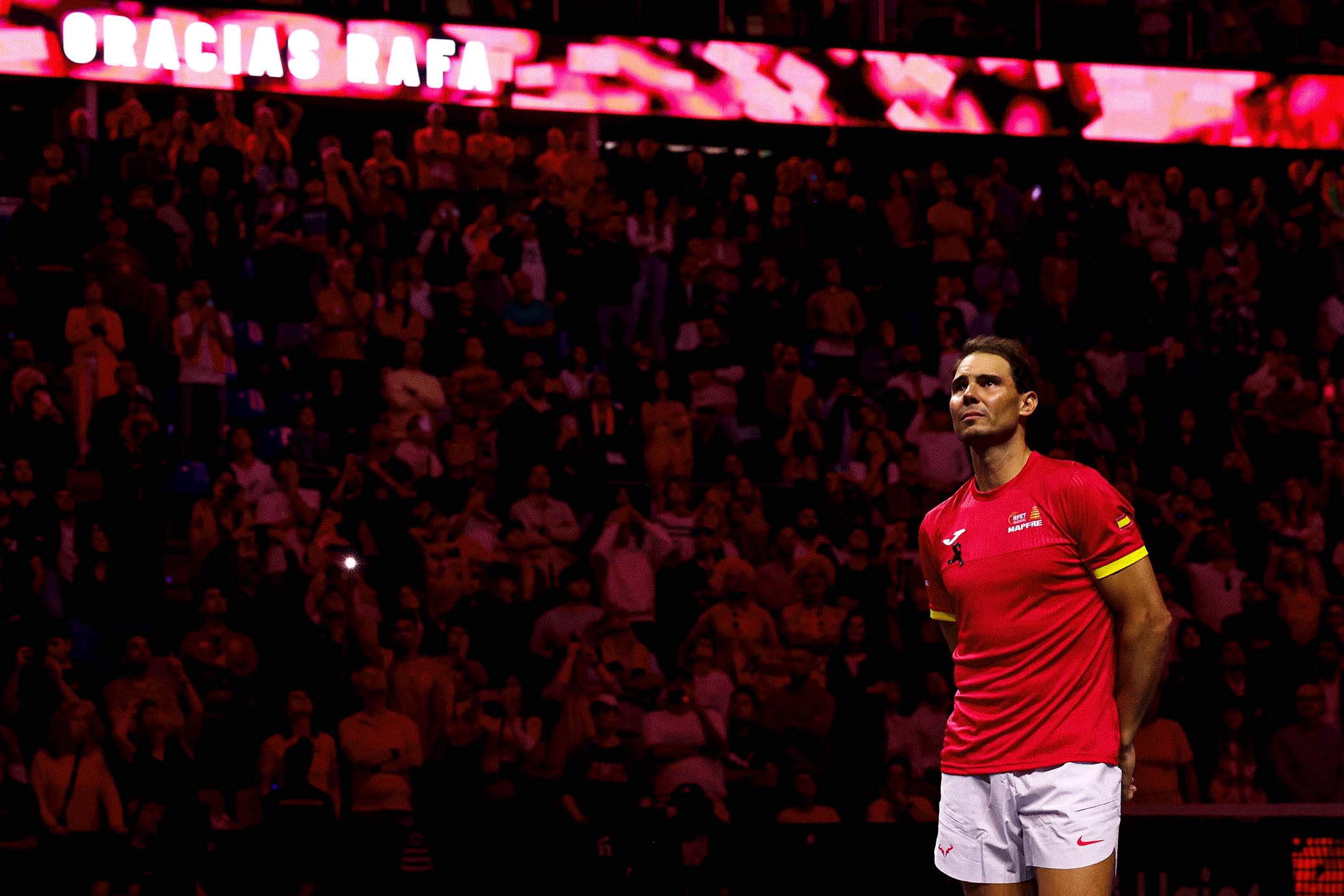
Rafa says goodbye at Davis Cup in Malaga this week. // Getty
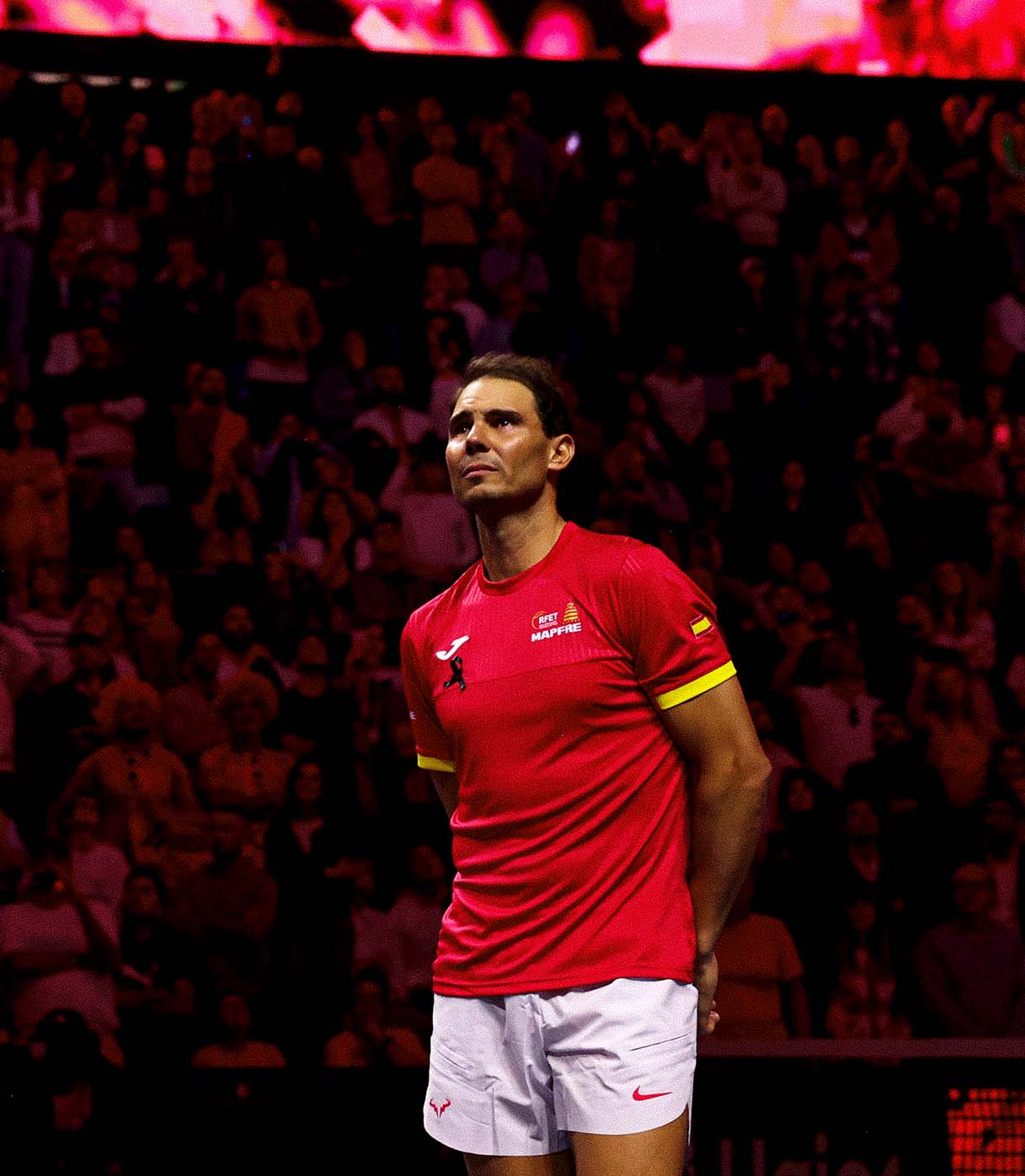
Rafa says goodbye at Davis Cup in Malaga this week. // Getty
Rafael Nadal retired on Tuesday at the age of 38. He gave tennis everything. Possibly no player has given it more. But did tennis give him a sufficient farewell? Perhaps an unreasonable standard was set by other recent exits. Serena Williams got to retire at her home Slam, wearing crystal-encrusted outfits, pulling off some surprising wins, in front of one of the most batshit crowds I’ve ever been a part of. Roger Federer got to show up at his own pet tournament, play doubles alongside his iconic rival, and weep with him while holding hands. The level of fan service in those instances was astonishing. And justly so! Millions of people were deeply invested in these lives and careers. Just as there were millions more curious to see tennis’ greatest fighter say goodbye this week.
Part of what made it so tricky is that Rafa himself was never clear and conclusive about when he wanted to end his career. In January 2023, he hurt his hip and spent the whole year recovering. In May of that year, he convened a press conference to announce that the 2024 season would be his last. What a wonderful, characteristically Rafa quote he gave at that time: “I believe I don’t deserve to finish [now]. I think I have fought enough during all my sporting career so that my end is not today, here in a press conference. My ending will be in another way, and I will fight so that my end will be in another way.”
I was eager to see what ending he might choose, on his own terms. Throughout 2024, though, Nadal kept leaving the door slightly ajar, sometimes making remarks that conflicted with the finality of that 2023 announcement. Each time he played a tournament it was probably, but not definitely, his last time at the tournament. It seemed that Rafa was constantly reassessing his level, monitoring his tennis for any sign he should call off the retirement plan.
Of course, there was one tournament that mattered above all the others. When I arrived in Paris for Roland-Garros, my top priority was seeing Nadal play on Chatrier, which I’d never done before. He was to play Sascha Zverev; there wasn’t going to be a second-round match in his future. Nadal had apparently informed the tournament at the outset that he did not want a ceremony. But what we got instead was completely botched. Tennis has a question-and-answer problem. For some reason, in these life-changing and emotional moments, tournaments think it’s a good idea to get someone up there with a mic asking specific questions, rather than simply handing players the mic and letting them process these overpowering emotions in real time. This question-and-answer session was predictably muddled, and the crowd, ready to roar to life, went dead. I arrived at that match expecting tears, and left merely wanting a beer. If this was really the end, how could we send off a 14-time champion this way?
But come October, there was no more ambiguity. Nadal announced that Davis Cup would be his last-ever competition. It was a fair choice. The tie was in Malaga, Spain. He was surrounded by Spanish players past and present. His spiritual successor, Carlos Alcaraz, was there. (The kid has been taking it pretty hard, posting sad memes about his hero’s retirement.) Nadal was training in advance of the event, and in the end he was declared fit to play singles. He played Botic van de Zandschulp—who, having already upset Alcaraz at the US Open, has played an outsize role in Spanish tennis this year—and lost to the comically stone-faced Dutchman, who is the precise emotional opposite of Nadal on a tennis court. The match was just competitive enough. Plenty of fight, even if Rafa’s true level was long gone.
Afterward, we got to see Rafa as a fan and tactician, watching with enthusiasm as Alcaraz won his singles match, and then looking on in sadness as Alcaraz and Marcel Granollers lost the doubles, ensuring that this was the last possible day that Nadal was on a tennis court as a professional. Nadal took the mic. Like many American tennis fans, I jacked up the volume on Tennis Channel. He spoke in Spanish, naturally. And then…Tennis Channel pulled up a split screen, showing us the studio. Surely this was some kind of technical error. It would pass. Maybe they meant to bring on a Spanish translator for the speech. Or, even if there was no translator, that’s fine too—simply show us Rafa and the people sobbing on the sidelines and in the crowd. This one should be pretty easy.
And yet, while one of the most beloved tennis players in history delivered his final words, the audio of his speech was dialed down and overridden by the audio of three TC employees in a studio riffing vaguely and extemporaneously about his career. Was this really happening? Even when Nadal began speaking in English, I couldn’t hear it over the aimless studio chatter. I was in disbelief then, and days later, I remain in a state of disbelief. I don’t think I’m alone. Fans show up to these occasions hoping for A Moment; what we got felt something like the part of the infomercial where people talk about how exciting and versatile the gimmicky duct tape is. Rafael Nadal is not a gimmicky duct tape that you slap on a leaky boat. How could this happen? The channel had more than a month after Nadal’s announcement to prepare for this broadcast. This wasn’t exactly an improvised response.
Tennis is a good sport, dense with poignant moments. Why does it often self-sabotage when it comes to making those moments accessible and digestible to its audiences? It’s hard to imagine a bigger failure of broadcasting than what played out on Tuesday. I hope, in 20 years, when I try to revisit my memory of Rafa Nadal’s retirement, I won’t be evoking the colors and surfaces of a Tennis Channel studio. But I can’t guarantee it.
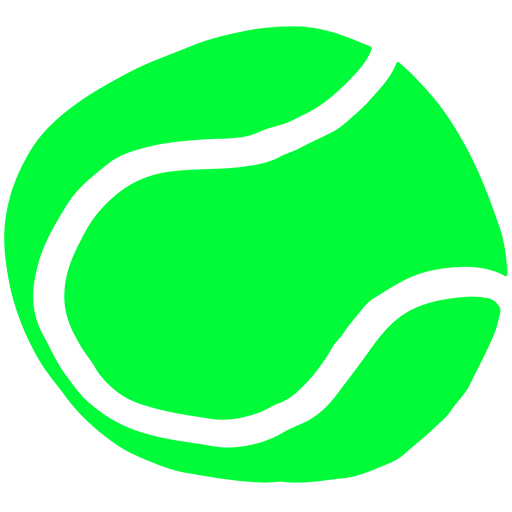

The Hopper
—CLAY Tennis on Beatriz Haddad Maia’s US Open run.
—Giri on Iga Swiatek’s loss to Jess Pegula.
—Jon Wertheim’s mailbag is full this week.
—Sara Errani and Andrea Vavasori have won the US Open mixed doubles.
—Tim Newcomb on Taylor Fritz and Asics.

